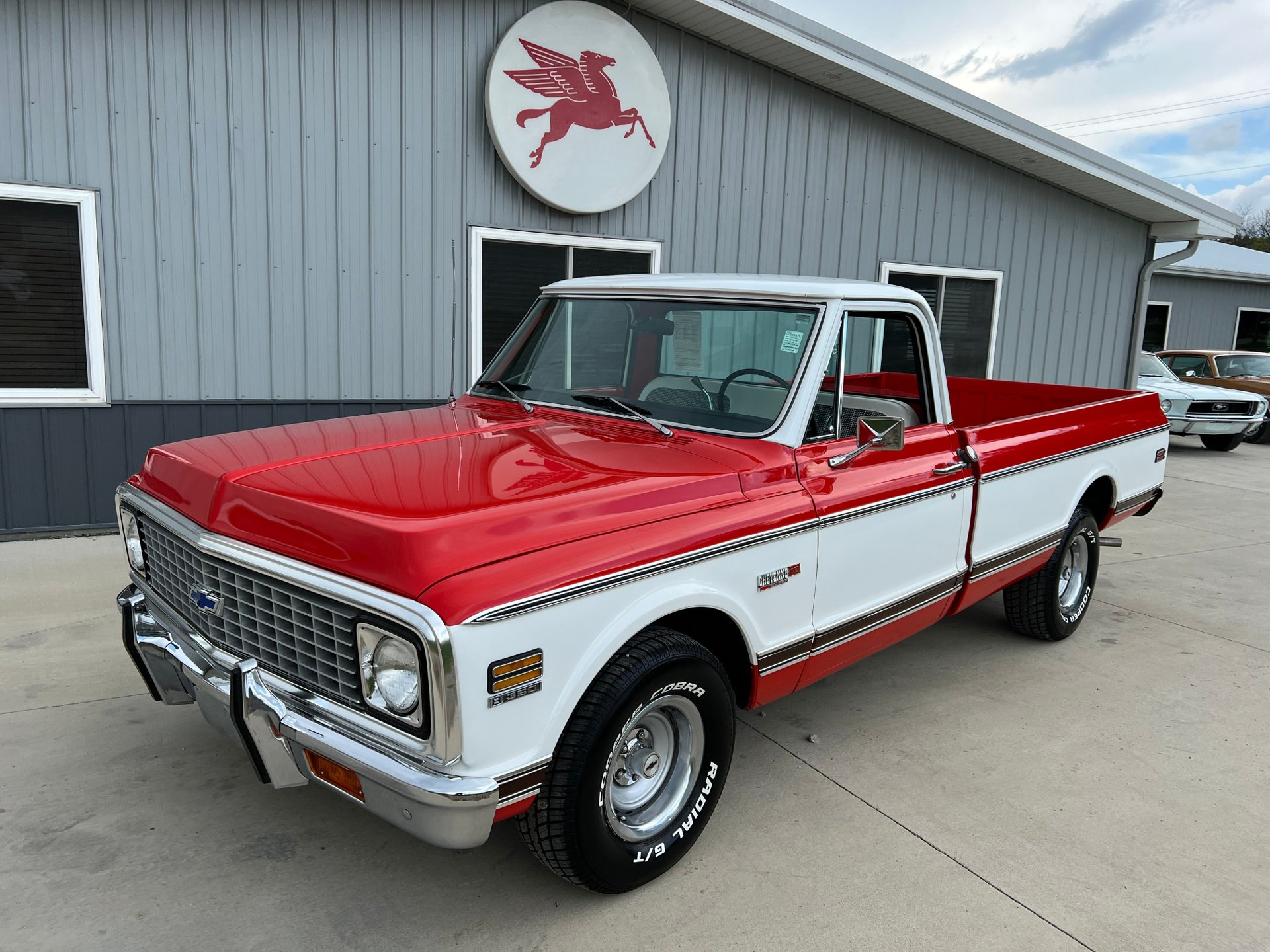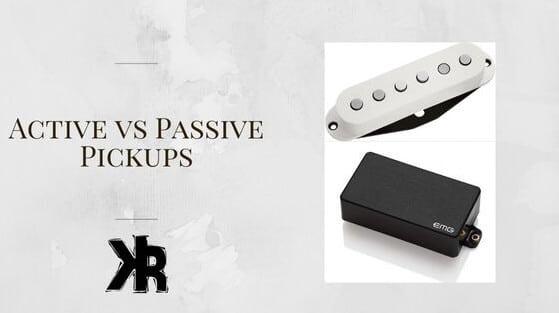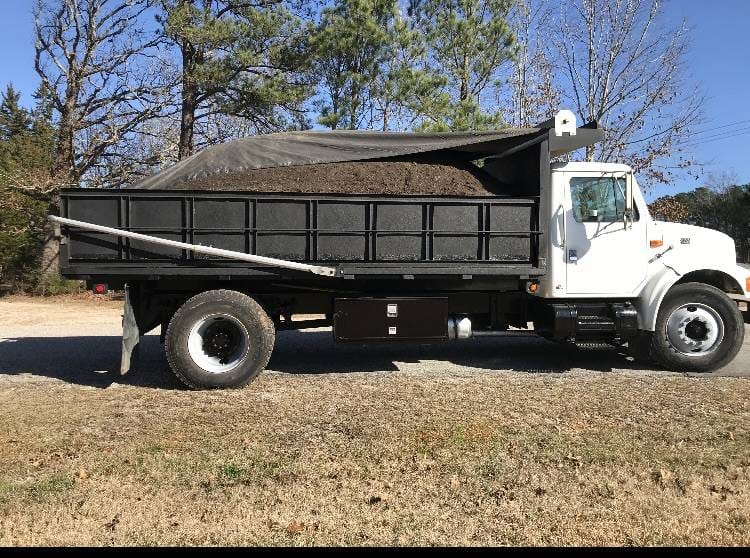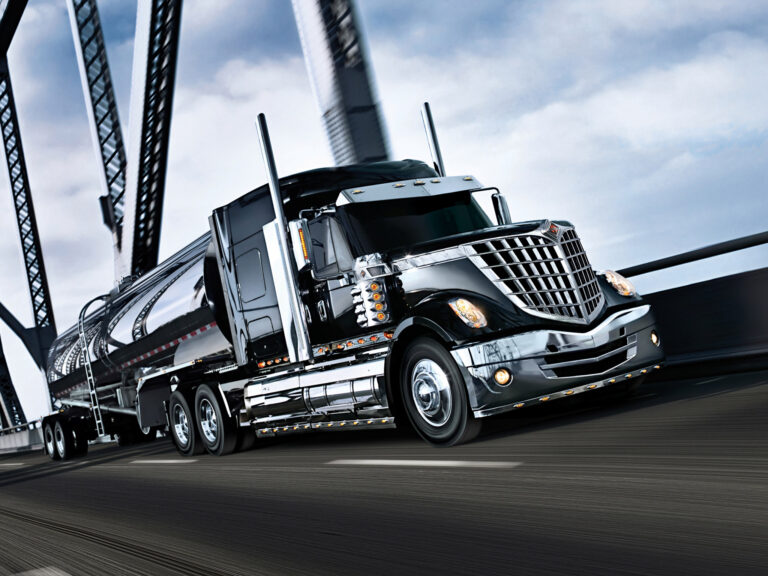C10 Trucks For Sale In Texas: A Comprehensive Buyer’s Guide
C10 Trucks For Sale In Texas: A Comprehensive Buyer’s Guide cars.truckstrend.com
The roar of a classic V8, the iconic lines of a vintage pickup, and the open road – for many automotive enthusiasts, the Chevrolet C10 embodies the quintessential American truck. These timeless workhorses, produced by General Motors from 1960 to 1987, have transcended their original utility to become highly sought-after collector’s items, project vehicles, and daily drivers. And when it comes to finding a C10, there’s arguably no better hunting ground than Texas.
Texas, with its vast landscapes, rich truck culture, and dry climate that helps preserve older vehicles, is a veritable treasure trove for C10 enthusiasts. From meticulously restored showpieces to rugged, patina-rich survivors, the Lone Star State offers an unparalleled selection. This comprehensive guide will delve into everything you need to know about finding, evaluating, and purchasing C10 trucks for sale in Texas, ensuring you’re well-equipped to drive home your dream classic.
C10 Trucks For Sale In Texas: A Comprehensive Buyer’s Guide
The Enduring Appeal of the C10 in Texas
The C10’s popularity isn’t accidental. Its design, robust construction, and versatility have cemented its place in automotive history. For many, it’s a vehicle that evokes nostalgia, reminding them of simpler times or the trucks their fathers and grandfathers drove. The C10’s appeal lies in several key factors:
- Timeless Design: Regardless of the generation, the C10 boasts clean, purposeful lines that remain aesthetically pleasing decades later. Its classic silhouette is instantly recognizable.
- Mechanical Simplicity & Durability: Built in an era before complex electronics, C10s are mechanically straightforward, making them relatively easy to work on and maintain. Their sturdy frames and reliable powertrains (especially the V8s) were designed for heavy-duty use.
- Customization Potential: The C10 is a blank canvas for customization. Whether you’re aiming for a period-correct restoration, a modern "restomod" with updated performance, or a slammed custom, the aftermarket support is immense.
- Community and Culture: Owning a C10 connects you to a vibrant community of enthusiasts. In Texas, this community is particularly strong, with numerous clubs, shows, and events dedicated to classic trucks.
- Texas Advantage: The dry climate across much of Texas significantly reduces the risk of severe rust, a common affliction for older vehicles in other parts of the country. This means a higher likelihood of finding solid, rust-free frames and body panels, which are crucial for any restoration project or long-term ownership. The sheer volume of trucks sold in Texas also contributes to a larger available inventory.
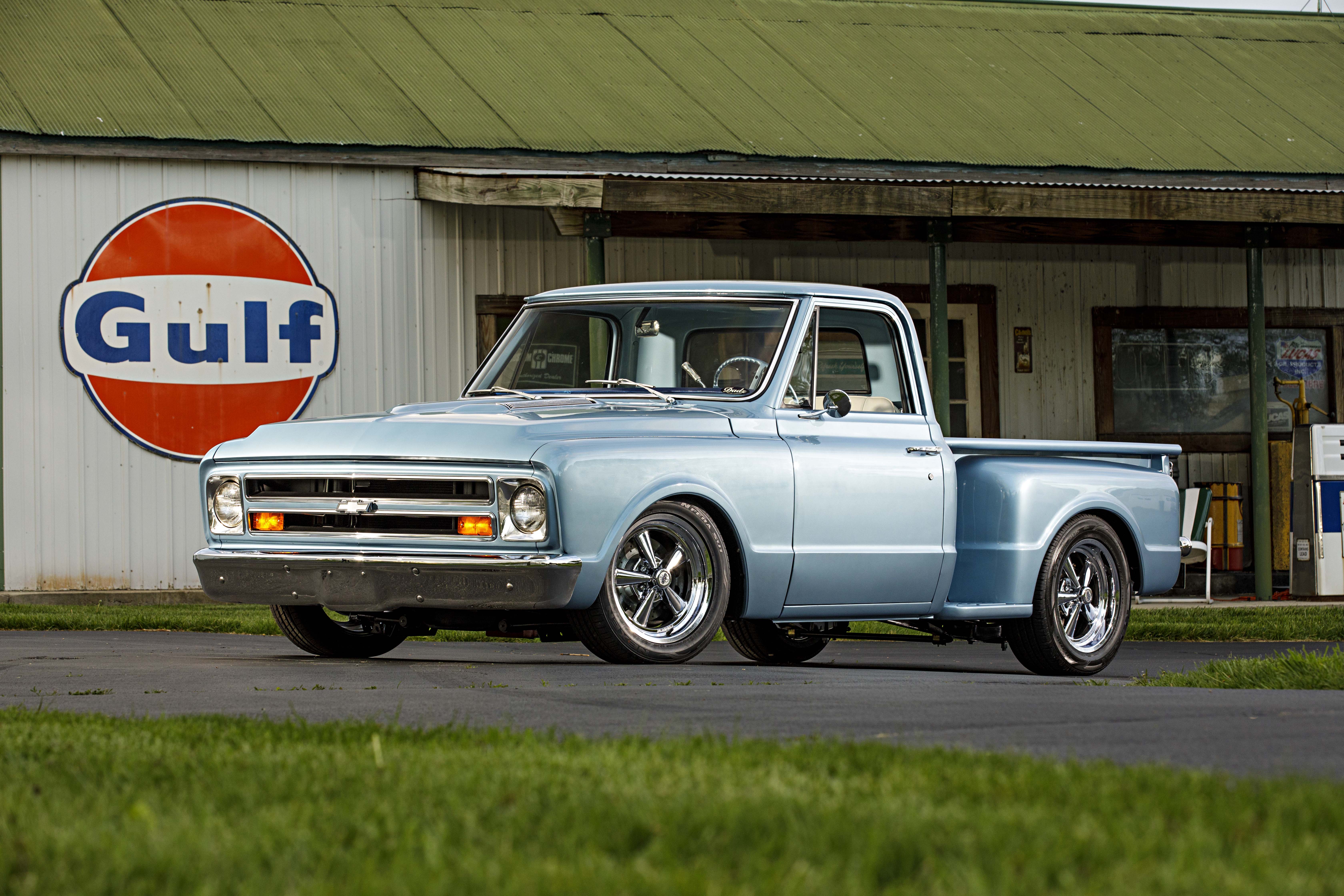
Generations of C10s: A Buyer’s Guide to Models
The C10 lineage spans nearly three decades, with distinct design changes marking each generation. Understanding these differences is crucial for any buyer.
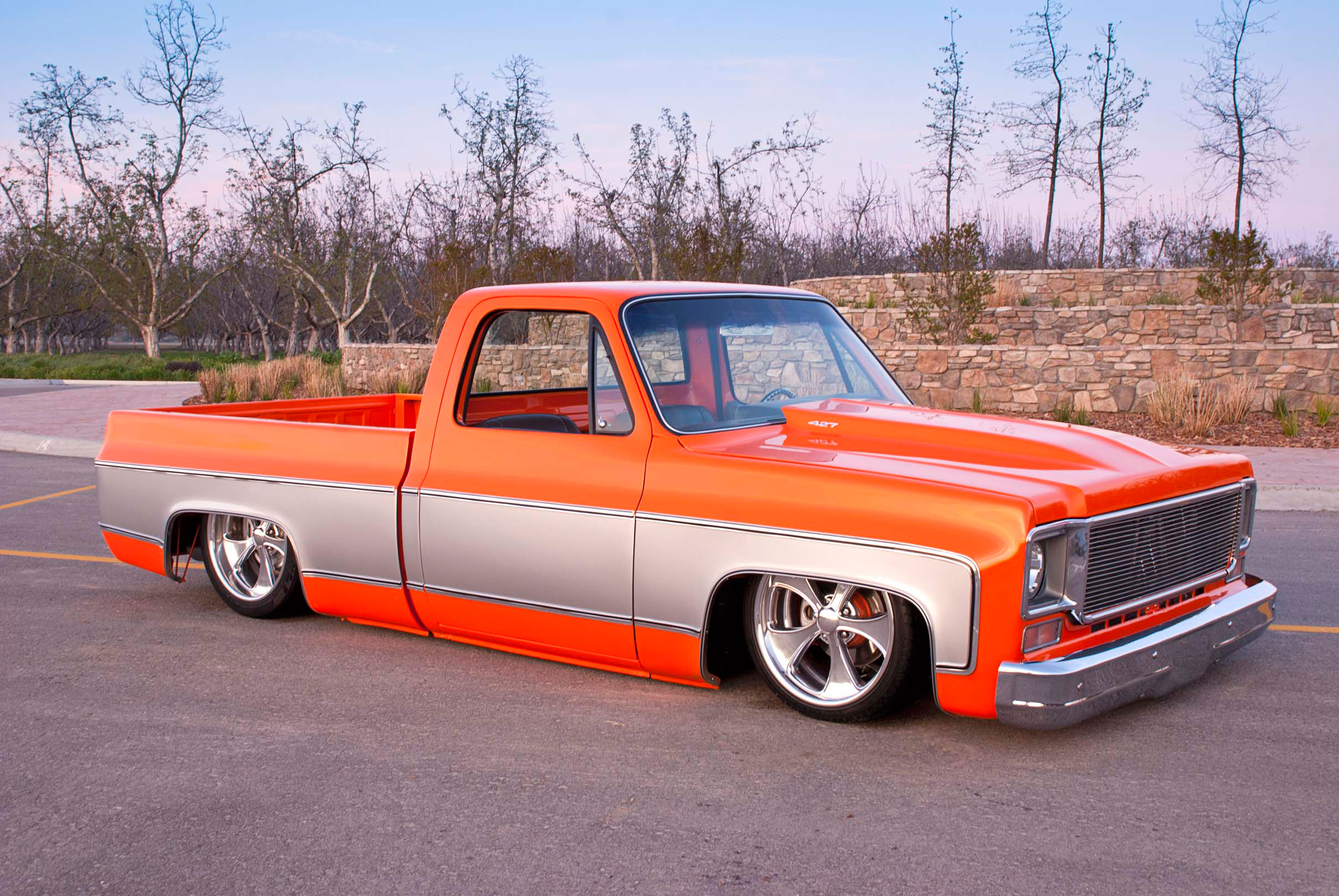
-
First Generation (1960-1966) "Apache" / "Task Force":
- Distinctive Features: Characterized by a "wraparound" windshield, a unique hood design, and often two-tone paint schemes. Early models (1960-61) had a more angular, "eyebrow" hood. Later models (1963-66) introduced a flatter, more conventional hood.
- Appeal: Highly sought after for their unique vintage aesthetic. Often feature inline-6 or small-block V8 engines.
- Considerations: Parts can be slightly harder to source than later generations, and rust can still be an issue in common areas like cab corners and floor pans.
-
Second Generation (1967-1972) "Action Line" / "Glamour":
- Distinctive Features: Widely considered the most iconic and desirable generation. Known for their clean lines, absence of excessive chrome, and a more modern, integrated design. The 1967 model has a unique small rear window, while 1968-72 models have a larger rear window. The "Cheyenne" trim offered luxurious interior appointments.
- Appeal: Commands the highest prices due to immense popularity, timeless styling, and strong aftermarket support. Perfect for restomods or high-end restorations.
- Considerations: High demand means higher prices, especially for rust-free examples. Be wary of poorly executed restorations or bondo-filled rust.
-
Third Generation (1973-1987) "Square Body":
- Distinctive Features: Longer production run, introducing a more angular, squared-off design. Offered more modern amenities, improved ride quality, and a wider range of engine options, including larger V8s and diesel engines. Sub-models like Silverado and Cheyenne offered various trim levels.
- Appeal: Excellent value for money, highly durable, and incredibly versatile. An abundance of parts and a massive enthusiast base make them ideal for custom builds, daily drivers, or budget-friendly projects.
- Considerations: While generally robust, some models may suffer from issues related to their age, such as worn electrical systems or tired engines. Rust can still be present, particularly around the windshield, cab corners, and rocker panels.
Beyond generations, consider variations like:
- Bed Styles: Fleetside (smooth sides) vs. Stepside (fenders outside the bed).
- Bed Lengths: Short bed (most desirable for aesthetics and maneuverability) vs. Long bed (more practical for hauling).
- Drivetrain: While "C10" typically refers to 2WD half-ton trucks, you might encounter C20 (3/4 ton) or C30 (1 ton) versions, as well as K10 (4WD) models.
Where to Find C10 Trucks For Sale in Texas
Texas offers a diverse array of avenues for finding your perfect C10:
- Online Marketplaces:
- Facebook Marketplace: Incredibly popular in Texas for private sellers. Filter by location and vehicle type. Be prepared for quick responses as good deals move fast.
- Craigslist: Still a viable option, though requires careful filtering to avoid scams.
- eBay Motors: Offers a wider national selection, but factor in shipping costs.
- Dedicated Forums & Social Media Groups: Join Texas-specific C10 groups on Facebook or online forums (e.g., The 67-72ChevyTrucks.com forum, Squarebody.com). These often have "for sale" sections.
- Specialized Dealerships & Restoration Shops:
- Texas boasts numerous classic car and truck dealerships, as well as renowned restoration shops. These often have a curated inventory of C10s, ranging from pristine to project-ready. While prices might be higher, you often get a more thoroughly vetted vehicle. Look in areas like Dallas, Houston, Austin, and San Antonio.
- Classic Car Auctions:
- Major auctions like Mecum Auctions (often held in Dallas or Houston) and Barrett-Jackson can feature high-end, professionally restored C10s. Be prepared for competitive bidding and buyer’s premiums. Local collector car auctions can also yield good finds.
- Local Car Shows & Swap Meets:
- Attending events like the Pate Swap Meet (Cresson), Lone Star Throwdown (Conroe), or smaller local shows is an excellent way to see trucks in person, talk to owners, and potentially find a seller through word-of-mouth.
- Word of Mouth & Networking:
- Join local classic truck clubs. Many C10s change hands within the community before ever being publicly listed.
Key Considerations When Buying a C10 in Texas
Purchasing a vintage truck requires a different approach than buying a modern vehicle. Here’s what to scrutinize:
- Condition vs. Price:
- Project Truck: Needs significant work (body, paint, engine, interior). Lowest price, but highest investment of time and money.
- Driver Quality: Runs and drives, but has cosmetic flaws or minor mechanical needs. Mid-range price, good for those who want to use it immediately and improve it over time.
- Restored / Restomod: Professionally restored or updated with modern components. Highest price, but minimal immediate work. Inspect restoration quality thoroughly.
- Rust Inspection (Even in Texas):
- While Texas is generally dry, rust can still occur, especially in low-lying areas, near coastlines, or on vehicles that sat outside for extended periods.
- Common Rust Spots: Cab corners, rocker panels, floor pans, firewall, bed floor, inner fenders, frame rails, radiator support, and around windshields/rear windows. Use a magnet to detect bondo.
- Engine & Drivetrain:
- Original vs. Swapped: Is it the original engine (numbers matching, if that matters to you) or a later swap (e.g., a more modern LS engine)?
- Running Condition: Listen for knocks, smoke, unusual noises. Check for leaks (oil, coolant, transmission fluid).
- Transmission: Manuals are robust, automatics should shift smoothly.
- Differentials: Check for leaks or howling noises.
- Chassis & Suspension:
- Frame Integrity: Look for cracks, bends, or poor repairs. This is fundamental.
- Suspension: Check for worn bushings, shocks, or sagging springs.
- Steering: Excessive play in the steering wheel.
- Brakes: Test stopping power, pedal feel. Many C10s had drum brakes; disc brake conversions are popular upgrades.
- Interior & Electrical:
- Upholstery: Torn seats, cracked dash.
- Gauges & Lights: Do all electrical components work (headlights, taillights, turn signals, gauges, wipers, heater)? Old wiring can be a fire hazard.
- Glass: Cracks or delamination.
- Documentation:
- Ensure it’s clear and matches the VIN. Be wary of "bill of sale only" unless you understand Texas titling laws for older vehicles.
- Maintenance Records: Any history of work done adds value and transparency.
- Pre-Purchase Inspection (PPI):
- Crucial. If you’re not an expert, hire a reputable classic car mechanic or specialist to perform a thorough inspection. It’s a small investment that can save you thousands.
Navigating the Texas Market: Tips for Buyers
- Set a Realistic Budget: Beyond the purchase price, factor in insurance, registration, and potential immediate repairs or desired upgrades. Restoration costs can easily exceed the vehicle’s initial value.
- Do Your Homework: Research the specific year and model you’re interested in. Understand common issues and market values.
- Be Patient: The perfect C10 might not appear overnight. Don’t rush into a purchase.
- Negotiate Wisely: Know the market value for different conditions. Be prepared to walk away if the price isn’t right or the seller is unwilling to budge on major issues.
- Consider Transportation: If you’re buying a project or a non-runner, arrange for towing or trailering. Many Texas sellers are accustomed to assisting with this.
- Understand Texas Title & Registration Laws: For vehicles 25 years or older, Texas has specific procedures. Ensure the seller has a clear title. If buying a "project" without a title, research the bonded title process or "storage lien" possibilities.
Restoration and Customization Trends for C10s in Texas
Texas is at the forefront of C10 customization, with several popular trends dominating the scene:
- Restomod Builds: Combining classic C10 aesthetics with modern performance and comfort. This often involves an LS engine swap (for power and reliability), upgraded suspension (coil-overs, independent front suspension), disc brakes, modern air conditioning, and a custom interior.
- Bagged & Lowered: Air suspension systems that allow the truck to be dramatically lowered for show, then raised for driving. Paired with large custom wheels and tires, this creates a striking look.
- Patina Preservation: Valuing the original, weathered paint and body imperfections as a "character" rather than a flaw. These trucks are mechanically sound but cosmetically left as-is, celebrating their history.
- Pro-Touring: Building C10s with track-ready performance, often involving highly tuned engines, advanced suspension geometry, and high-performance braking systems, while maintaining a classic look.
- Full Frame-Off Restorations: Bringing a C10 back to, or exceeding, its original factory condition. These are often show-quality vehicles with significant investment.
Many Texas-based shops specialize in these types of builds, making it an ideal place to either buy a completed custom or find a shop to build your dream C10.
C10 Trucks For Sale In Texas: Estimated Price Guide
Please note: These are estimates and prices can vary wildly based on specific year, condition, originality, modifications, engine, location within Texas, and market demand. A rare option package or a celebrity owner can also significantly impact value. Always conduct your own research.
| Generation/Year Range | Condition Category | Estimated Price Range (USD) | Notes & Key Factors Affecting Price |
|---|---|---|---|
| First Gen (1960-1966) | Project (Rust/Non-Runner) | $5,000 – $15,000 | Significant work required; potential for hidden issues. |
| Driver Quality | $18,000 – $35,000 | Runs & drives; cosmetic flaws; minor mechanical needs. | |
| Restored/Restomod | $40,000 – $90,000+ | High-quality restoration or modern upgrades; short bed & desirable engines fetch top dollar. | |
| Second Gen (1967-1972) | Project (Rust/Non-Runner) | $8,000 – $20,000 | Highly desirable; even projects are valuable due to demand. |
| Driver Quality | $25,000 – $55,000 | Solid runners; may need paint/interior; ’67-’72 are premium. | |
| Restored/Restomod | $60,000 – $150,000+ | The most sought-after; professional builds can exceed $200k. Short bed is king. | |
| Third Gen (1973-1987) | Project (Rust/Non-Runner) | $3,000 – $10,000 | Abundant and affordable; great for first-time builders. |
| Driver Quality | $12,000 – $28,000 | Great daily drivers or solid starting points for custom. | |
| Restored/Restomod | $30,000 – $75,000+ | Excellent value for a modern build; LS swaps common. |
Frequently Asked Questions (FAQ) About C10 Trucks in Texas
Q: What exactly is a C10 truck?
A: A C10 is a half-ton, two-wheel-drive pickup truck produced by Chevrolet and GMC (often called a "GMC C1500" or similar) from 1960 to 1987. The "C" denotes two-wheel drive, while "K" indicates four-wheel drive.
Q: Why are C10s so popular in Texas?
A: Texas has a strong, deep-rooted truck culture. Its vast, dry climate helps preserve older vehicles, leading to a higher concentration of rust-free C10s. The large population and numerous classic car events also contribute to a vibrant market.
Q: What’s the best year C10 to buy?
A: The "best" year depends on your preference and budget. The 1967-1972 (second generation) C10s are generally the most desirable and command the highest prices due to their iconic styling. The 1973-1987 "Square Body" C10s offer excellent value, parts availability, and customization potential.
Q: How much does a C10 typically cost in Texas?
A: Prices vary significantly based on the year, condition (project vs. restored), and modifications. As a general guide, projects can start from $3,000-$5,000, driver-quality trucks from $12,000-$25,000, and fully restored or restomodded trucks can range from $40,000 to well over $100,000. Refer to the price guide above for more detail.
Q: Should I buy a restored C10 or a project?
A: If you have a larger budget and want to enjoy the truck immediately with minimal work, a restored or high-quality driver is a good choice. If you’re on a tighter budget, enjoy working on vehicles, and want to customize it to your exact specifications, a project C10 might be more suitable. Remember that restoration costs can quickly exceed the purchase price of a project truck.
Q: Are parts readily available for C10s?
A: Yes, parts availability for C10s, especially the second and third generations, is excellent. Numerous aftermarket companies reproduce body panels, interior components, trim, and mechanical parts. Salvage yards in Texas can also be a good source for original components.
Q: What are common issues to look out for on C10s?
A: Common issues include rust (even in Texas, check cab corners, rockers, floor pans), worn suspension components, leaks from engines/transmissions, and aging electrical systems. Always perform a thorough inspection or get a professional pre-purchase inspection.
Q: Do I need a special license to drive a classic C10 in Texas?
A: No, a standard Texas Class C driver’s license is sufficient to operate a C10 truck, regardless of its age. You may consider classic car insurance, which often has specific requirements but can offer better rates.
Conclusion
The pursuit of a C10 truck for sale in Texas is more than just a vehicle purchase; it’s an entry into a passionate community and a journey into automotive history. With its favorable climate, thriving truck culture, and vast inventory, Texas truly stands out as the premier destination for finding your ideal C10.
By understanding the different generations, knowing where to look, diligently inspecting potential purchases, and setting a realistic budget, you can navigate the market with confidence. Whether you’re seeking a rugged workhorse, a show-stopping restomod, or a cherished family heirloom, the perfect C10 is waiting to be discovered on the roads of Texas, ready to offer decades more of classic American trucking joy. Happy hunting!

